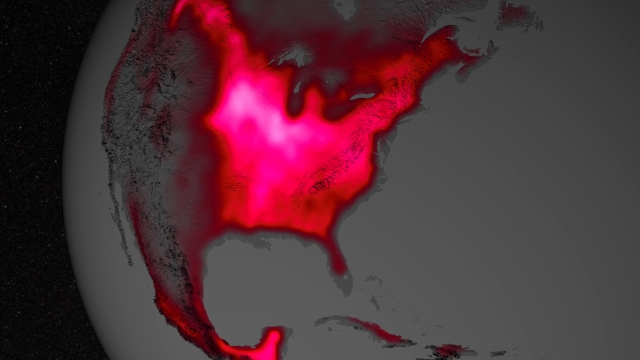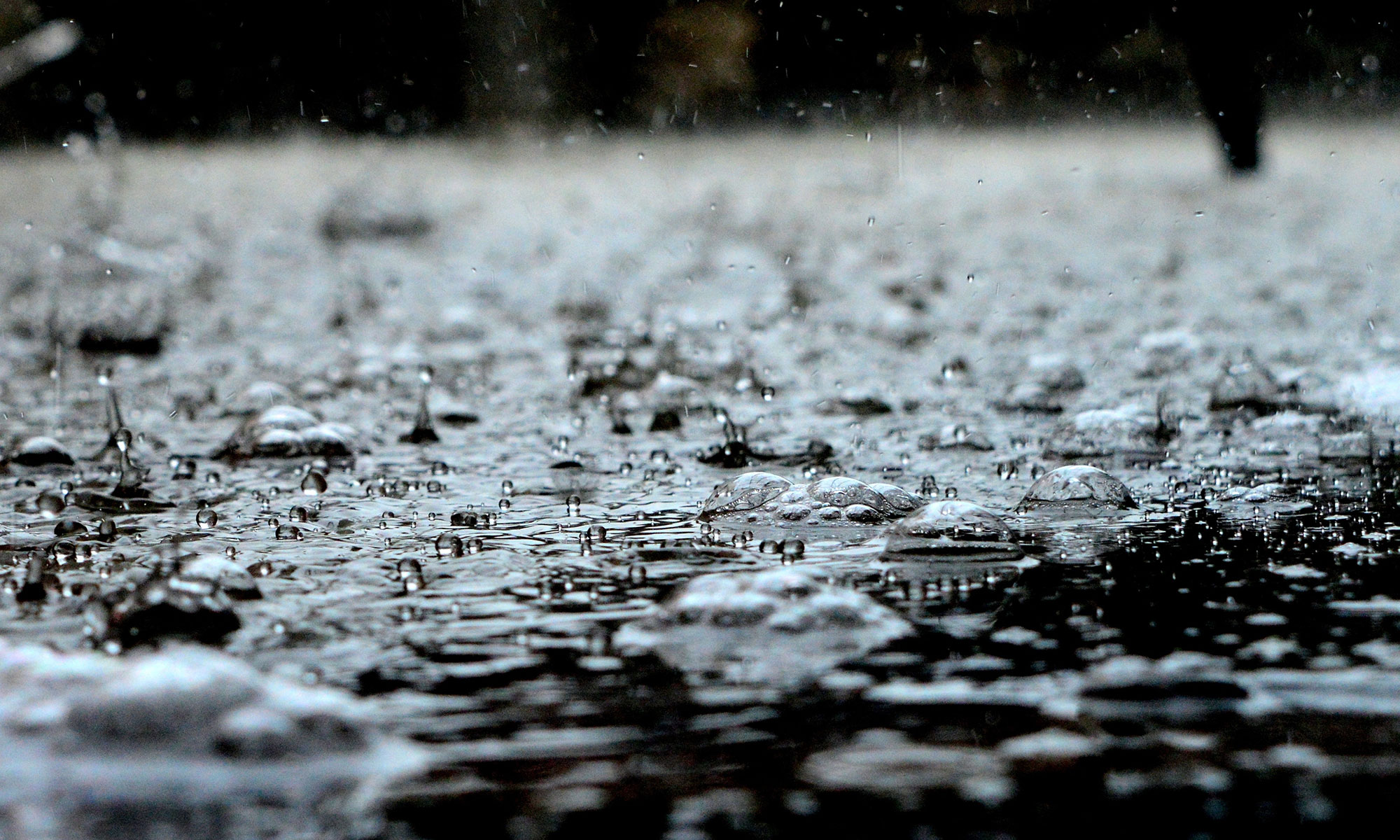According to a press release from NASA …
Data from satellite sensors show that during the Northern Hemisphere’s growing season, the Midwest region of the United States boasts more photosynthetic activity than any other spot on Earth, according to NASA and university scientists.
They determined this by measuring the fluorescent glow that healthy plants give off when they grow. It is not visible to the human eye but can be picked up by special sensors on satellites. The press release has a lot more details.
If you click on the map, you can see the full version. While they don’t have any state boundaries, you can make out Lake Michigan. Based on that, it looks like one of the brightest areas is across central and northern Illinois – no surprise there.

Image Credit: NASA’s Goddard Space Flight Center.


Reblogged this on Agriculture Law.
Very interesting. Is there a way to distinguish photosynthesis from farming from native plant growth, for instance from the rich ecosystems of the Smokey Mountains?
I suspect you could make that distinction with GIS at that scale. On the other hand, what the article seems to suggest is that even though we grow corn and soybeans as “annuals”, they beat out the “perrenials” because they are almost always on the richest soils, greatly enhanced with fertilizer.